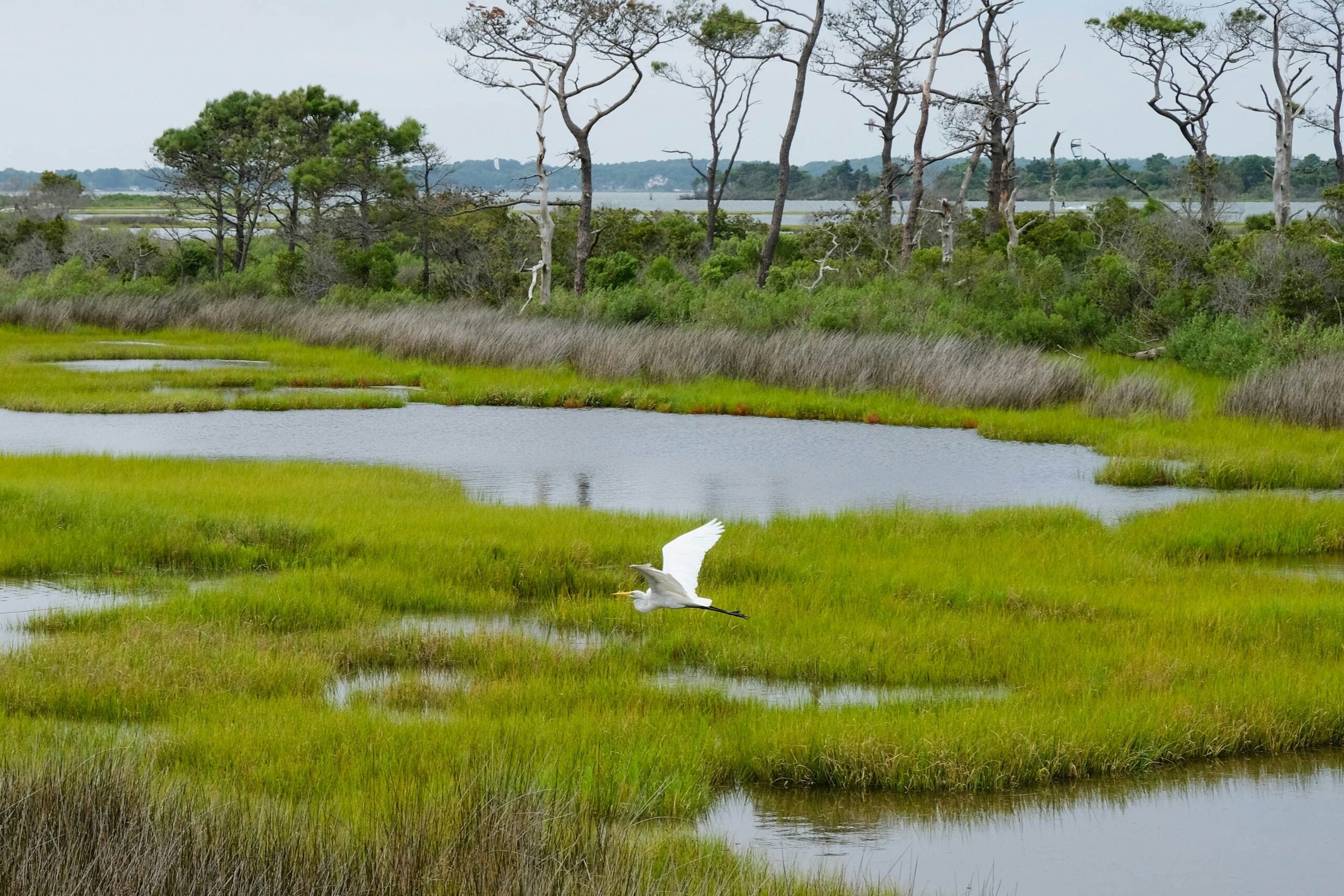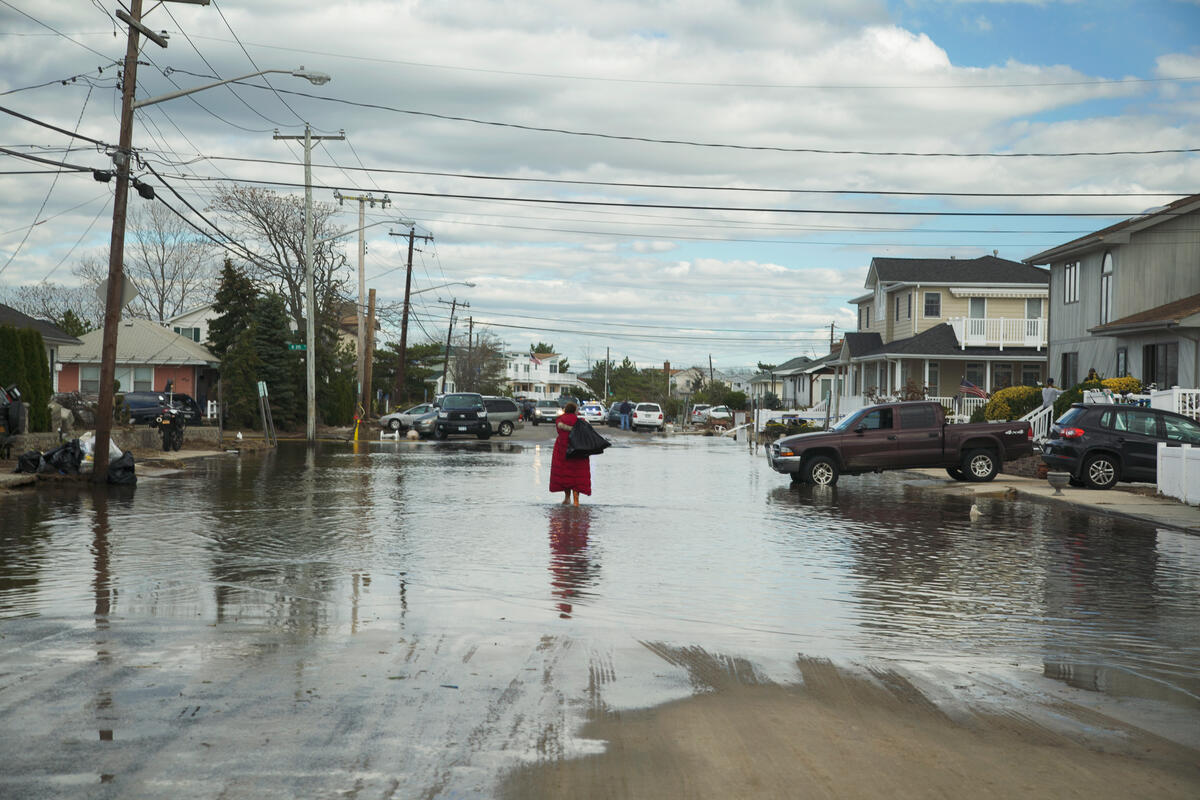Following the Sackett v. EPA Supreme Court decision in May 2023, millions of acres of wetlands across the U.S. lost critical federal protections they once had under the Clean Water Act. The affected wetlands – which include those that do not have a continuous surface water connection to another federally protected body of water, like streams, lakes or an ocean – are now potentially at risk of loss and degradation. Also at risk could be the multitude of benefits provided by wetlands, which support clean drinking water, habitat for fish and wildlife, human health and well-being, contribute to economic activity and reduce damages from flooding.
Why are these wetlands at risk?
When the Supreme Court narrowed the definition of federally protected waters, state governments gained control over the regulation and protection of a large portion of wetlands. Unfortunately, many states lack the capacity or political will to regulate the use of wetlands and effectively enforce protective standards.
Further, economic incentives for the protection of wetlands are misaligned. Private landowners and developers often have limited financial incentive to preserve wetlands because the benefits they derive from protection of these ecosystems do not reflect the total benefits that wetlands provide to society. While conversion of wetlands for housing development or agricultural production may be highly profitable for landowners, it also creates social and environmental costs that may exceed private benefits of conversion.
Historically, the costs of regulation to private landowners have been well represented in public decision-making processes, but the social benefits of wetland protection have been omitted or underestimated. To ensure efficient protection of wetlands, it is critical that policymakers comprehensively evaluate both the social benefits and private costs of wetlands regulation.
What are the benefits of protecting wetlands?
In advocating for wetland protection, it is critical that the full range of benefits from wetlands is accurately quantified and valued. Such benefits include drinking water purification, flood risk reduction, habitat to support fish and wildlife, recreation and carbon storage – all of which become more important with increasing climate impacts.
As climate change increases the severity and frequency of flooding, the capacity for wetlands to buffer people and property from flood damage becomes ever more valuable. Compared to traditional forms of grey infrastructure (e.g., dams, levees, seawalls), wetlands can be less expensive to maintain and more resilient to catastrophic flood events.
What is the value of flood mitigation benefits provided by wetlands?
In recent years, several studies have made important advancements in quantifying the economic value of wetlands for flood mitigation. Many of these studies employ hydrodynamic models which simulate how wetlands can reduce storm surge and the impacts of inland flood inundation.
Based on this approach, Narayan et al. (2017) found that the loss of all coastal wetlands in the Northeastern U.S. (beyond losses prior to 2011) would have increased damages from Hurricane Sandy by $625 million. Similarly, Zaid Al-Attabi et al. (2023) estimated that the total loss of wetlands in Galveston Bay, TX would have increased damages from Hurricane Ike by $934 million. Importantly, these studies note that the effects of wetlands on flood damages depend on storm characteristics, local topography, landscape features and the presence and location of physical assets exposed to flood risk.
These analyses provide important tools for simulating the impacts of alternative scenarios with and without wetlands. However, there have been few studies that test the effects of wetland loss on flood damage based on empirical evidence. Plus, more work is needed to understand the flood risk reduction benefits of non-tidal wetlands, which are more likely to be impacted by the Sackett v. EPA ruling.
To address this gap, Taylor and Druckenmiller (2022) identified the effect of observed changes in wetland area on the value of flood insurance claims using econometric causal inference methods. Across the U.S., they found that a hectare (roughly the size of 2.5 football fields) of wetland lost between 2001 and 2016 cost the National Flood Insurance Program (NFIP) an average of $1,840 annually and over $8,000 annually in developed areas.
What are the next steps?
Researchers at Environmental Defense Fund (EDF) and UNC Chapel Hill are collaborating to better understand the flood risk reduction benefits of wetlands and how they are distributed across demographic and socioeconomic groups. Using observed NFIP claims data identified at the level of individual street addresses, this approach allows for a more accurate identification of when, where and for whom wetlands are most valuable. This study is being piloted in the Neuse River Basin in North Carolina with the intention to scale to other areas across the nation.
In addition to motivating greater state and federal protection, quantifying the value of wetland ecosystem services is important for designing financial incentives and prioritizing areas for protection and restoration. For instance, one potential application could provide incentives for wetland protection or restoration by offering discounts on flood insurance premiums that correspond with the value of flood mitigation associated with upstream wetlands. Another potential application could provide conservation organizations and floodplain managers with additional information to help prioritize investments in restoration and protection.
For these applications and others, building a more granular understanding of the geographic, temporal and ecological variation in the flood mitigation benefits provided by wetlands is critical. And overall, it is important that these benefits be viewed as part of a larger whole of the many instrumental and intrinsic values that wetlands provide.
EDF is working together with scientists, economists, advocates and policymakers to better quantify, communicate and protect the breadth and value of ecosystem services provided by wetlands. This will require cutting-edge advancements in science and economics that are then translated to the public and to decision-makers in ways that are policy- and place-specific.











